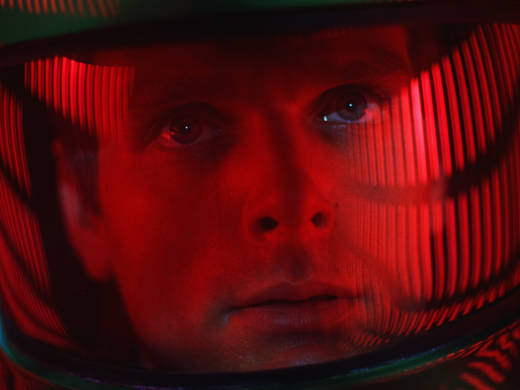Near the beginning of Stanley Kubrick's 2001: A Space Odyssey, a big black monolith appears in an African desert, leaving a group of prehistoric ape-men standing there baffled. And that was pretty much the reaction that greeted the film itself when it premiered 50 years ago this week.
Nobody was quite sure what to make of it. The critics were harsh, with Variety dismissively saying flatly, "2001 is not a cinematic landmark." It's hard to imagine being more wrong.
You see, even if you don't like the movie — and I don't, particularly — the one thing that's undeniable is that it's a cinematic landmark. Not only was it the No. 1 box office movie of 1968 — young people flocked to it to have their minds blown — but in international polls, 2001 routinely ranks as one of the top 10 films of all time. An avant-garde art film dressed in Hollywood money, it unknowingly foreshadowed the future of movies as effects-driven blockbusters.
I saw it again a few days ago, inspired by Michael Benson's terrific new book, Space Odyssey: Stanley Kubrick, Arthur C. Clarke and the Making of a Masterpiece. Though Benson is afflicted with what a friend calls the "Stanley syndrome" — he never stops telling you that Kubrick is a "genius" and "a perfectionist" — his book is filled with nifty stories. My favorite is when the control-freak director asks Lloyd's of London if they could insure him in case NASA spoiled 2001's plot by discovering extraterrestrial life before the movie came out.


9(MDAxOTAwOTE4MDEyMTkxMDAzNjczZDljZA004))

